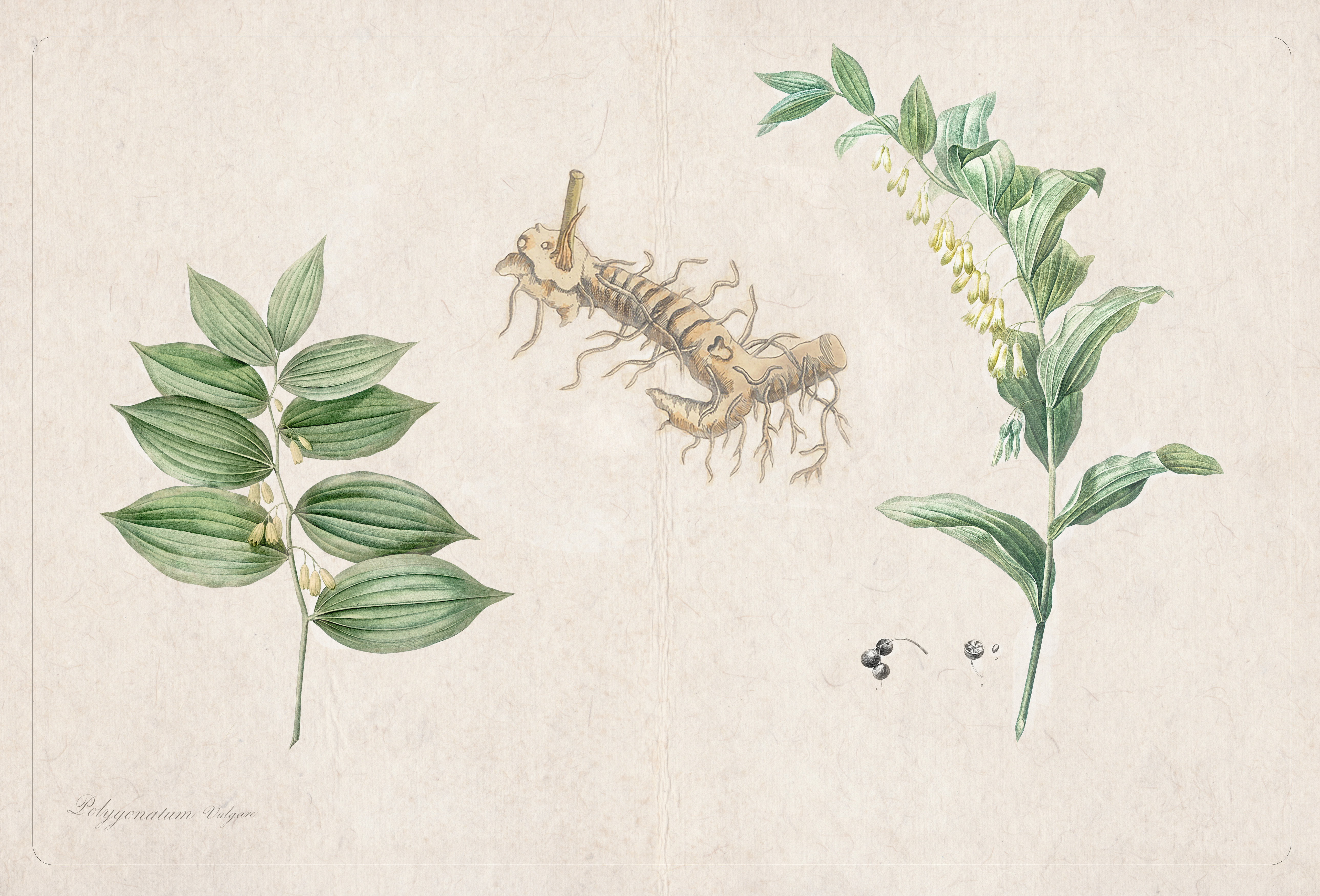As we age—and I’m talking from experience—we have to take special care of ourselves. We often need to change our diet. Exercise is oh so important. We also need to avoid accidents. As one of my friends said when he turned 60, “No more using chainsaws and no more climbing in trees, and especially, no more climbing in trees with chainsaws.”
Even small injuries can be devastating because we don’t recover as quickly, but also because—and I have seen this too many times—loss of mobility leads to inability to exercise, and that can rapidly age a person. We also don’t want to be in pain. Worst of all, we don’t want to rely on the chronic use of painkillers.
As we age, we tend to “dry up, burn up, or melt,” as a friend said. Our connective tissues—bones, tendons, ligaments, joints, skin, and hair—are especially prone to drying up, so we have to keep them moistened and nourished (since food is broken down and travels as fluid through the body).

At 69, I am now more pain-free and flexible than I was 10 years ago. I attribute this to my use of one particular herb: Solomon’s seal (Polygonatum species), a favorite in Chinese, European, and Native American herbalism. As a practicing herbalist for more than 40 years, if there were only one herb I could recommend for graceful aging of the muscular and skeletal system, it would be this plump little rhizome. Try it for aging or injured joints, tendons, ligaments, and bones.
(Because it is so well known and safe, I will also mention American ginseng, Panax quinquefolius, but it is also expensive and not quite my number one choice for this purpose. If you do try this famous herb, buy the lower grade grown on farms, because that is plumper, more moistening and nourishing, and cheaper.)


History of Use
Solomon’s seal came into Chinese herbalism through the Taoist sages, who were seeking remedies for aging; it didn’t come through the medical practitioners of the time. They used it to remain flexible and mobile as they aged.The plant was not used in European herbalism in ancient times. It is first mentioned by the herbalist John Gerard in his herbal of 1597. He reports that it was used “by the vulgar sort of people in Hampshire” for themselves and their cattle. A poultice, “laid upon members that have been out of joint, and newly restored to their places, driveth away the pain, and kniteth the joint very firmly, and taketh away the inflammation, if there chance to be any.”

Solomon’s seal also had a great reputation among the Native people of North America. The North American varieties are major old Native American trail and survival foods. When I mentioned Gerard, one of them joked, “You better pay attention to what those vulgar people say!”
Success Stories
I have more stories about Solomon’s seal than about almost any other herb. It was one of the herbs I gave a 76-year-old man who had a broken collarbone that didn’t heal after a month. Another month and it was setting nicely.A woman called to say she couldn’t come to an herbalist friend’s course because she had to replace her hip joint. The teacher asked, “Well, should we try an herb?” She used Solomon’s seal externally, and 17 years later, the woman still had her hip. The husband of the same herbalist was a stonemason who worked on sloping roofs. ”If I didn’t have Solomon’s seal, my knees would be worn out,” he said.
I have used Solomon’s seal cream on my own knees for years. I need to apply it more often as I age, but it still strengthens them. When I have stiffness and pain going up or down stairs, I rub on a salve for several days or a week, until it is better.
In herbalism, we think like mechanics, not chemists. We want to know how the tissues and structures work, because this is how our green friends work before they are broken down into chemicals, as is done in conventional medicine. Sometimes the tendon contracts from lack of lubrication and nutrition, and sometimes it stretches too far and can’t retract. We use Solomon’s seal for both tightness and looseness.

Here is a case from another friend illustrating the problem with overstretching tendons: A 42-year-old woman delivered her first child and had a uterine prolapse. The obstetrician said, “We can repair that.” My friend, an acupuncturist, was also standing by the bedside. He wanted to know what would be done so that he could think of an alternative. “Oh, we’d just cut off two inches of the tendons and sew them back together.” He had her put on a Solomon’s seal salve, and in less than a week, the uterus was back in place.
From this, we also learn that Solomon’s seal will help people of any age. A woman in a class I was teaching in Los Angeles asked me if there was anything I could do for her nephew, a baseball rookie of the year who suffered a rotator cuff tear during the postseason. Surgery was successful, but he was still stiff and in pain and worried about his performance in the next season. I sent her some Solomon’s seal cream from a small company. He improved quickly and his aunt sent me updates all season: “They just beat the Twins again.” A friend sent the cream to a much-beat-up retired professional quarterback. He loved it.
Solomon’s seal is not a fad herb—one that is splashed over the internet, made by big companies, and widely advertised—but it is available online. I have never seen side effects (I don’t know anyone irresponsible enough to eat the berries—but there is always a first, I suppose).
This plant bears the name of the wise king Solomon. With age, we gain wisdom. I think he would have approved of this remarkable rhizome.












